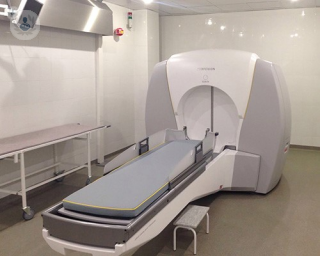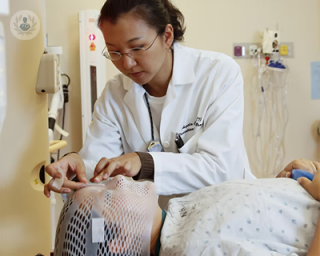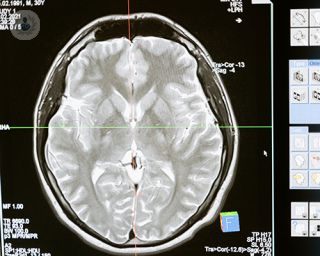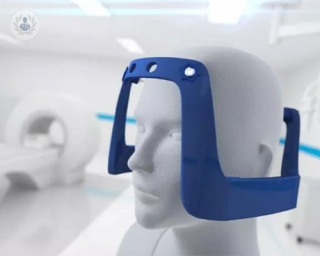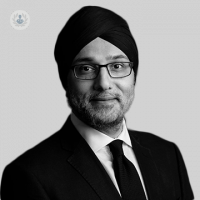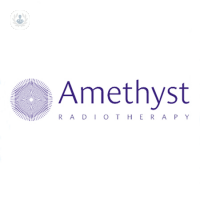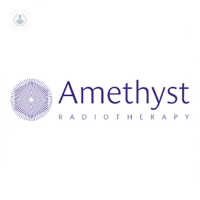Gamma knife
Mr Neil Kitchen - Neurosurgery
Created on: 05-25-2017
Updated on: 09-27-2023
Edited by: Jay Staniland
What is a gamma knife?
A gamma knife is not, in fact, a physical ‘knife’ in the traditional sense of the word, but is a precise form of radiation therapy used to treat tumours, malformations, or nerves causing problems in the brain.
Gamma knife surgery is performed by a specialist neurosurgeon.
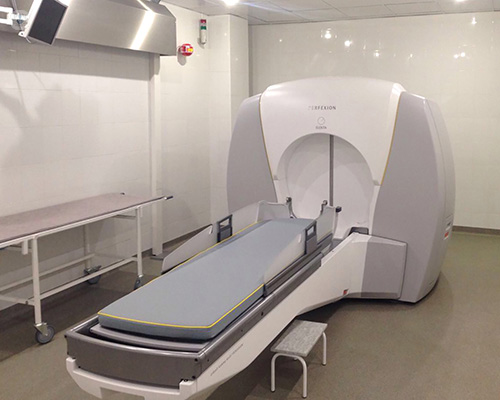
Why is gamma knife surgery performed?
Gamma knife surgery is also not ‘surgery’ in the typical sense of the word, but as its outcomes are similar to surgical procedures, it is named so. Gamma knife surgery is performed to treat tumours, blood vessel malformations, and conditions affecting the nerves. Gamma knife surgery can be used to treat:
- acoustic neuroma
- brain tumours
- paediatric brain tumours
- trigeminal neuralgia
- arteriovenous malformations
- certain types of tremor
Gamma knife surgery may also be used instead of a craniotomy, as it is especially useful for patients who do not have the option of a craniotomy open to them.
How is gamma knife surgery performed?
Gamma knife surgery is performed by first fitting a frame onto the head, and being positioned on a bed for treatment. Once everything is in place, the specialist will leave the room, just like they would during an MRI scan. You can still speak to them through the microphone in the room, and they can watch everything that is happening. You will then be moved into the ‘unit’ where the gamma knife procedure is carried out.
Radiation treatment is applied in high doses to very specific areas of the brain, making sure surrounding healthy tissue is not damaged. This radiation does not cause pain, and patients won’t feel anything during the treatment.
Gamma knife surgery is generally carried out over one session, though it may be necessary to have more. Sessions can last from 30 minutes to one hour and a half, though on some occasions they may be longer. Some sessions may be broken up into smaller parts, with the specialist positioning you again after each break.
Preparation for Gamma Knife surgery
Before gamma knife surgery, a CT scan will be performed, which will help to locate the exact area where the tumour or other malformation is positioned. If the gamma knife procedure is being performed because of a vascular condition, a test called an angiogram may be performed. In this test, a catheter is introduced into a blood vessel (usually in the groin), and a special type of dye is inserted which shows up on X-rays.
Before the procedure, you’ll also need to have the frame which holds your head in place fitted. This frame will be fixed to your head with pins, which may be uncomfortable, but not painful.
Aftercare
After the procedure is finished, you will be able to rest for a while in the clinic or hospital. This allows your doctor to monitor you and give you medication for pain or a headache, if you have one. Generally you will be allowed to leave the clinic on the same day or on the day after the procedure, but you should make sure someone is there to take you home or accompany you.
While radiation therapy is used in the treatment, radioactivity isn’t anything to worry about and you can be around others after the procedure. In the days following the procedure, you may have a headache, and you can take over-the-counter painkillers to help with the pain. Your doctor will arrange a follow-up appointment with you to see how well the treatment has worked.
How successful is Gamma Knife surgery?
The success rate of Gamma Knife surgery is dependent on precise patient selection, as with conventional neurosurgery. When a patient is carefully selected, the outcomes are highly favourable.
The efficacy of Gamma Knife surgery may be compromised if the criteria for patient selection are extended, leading to the consideration of patients who may not receive the same benefits as more ideal candidates.
If you have been recommended for Gamma Knife surgery, and want to find the best specialist for you, you can find specialists on the Top Doctors page.

